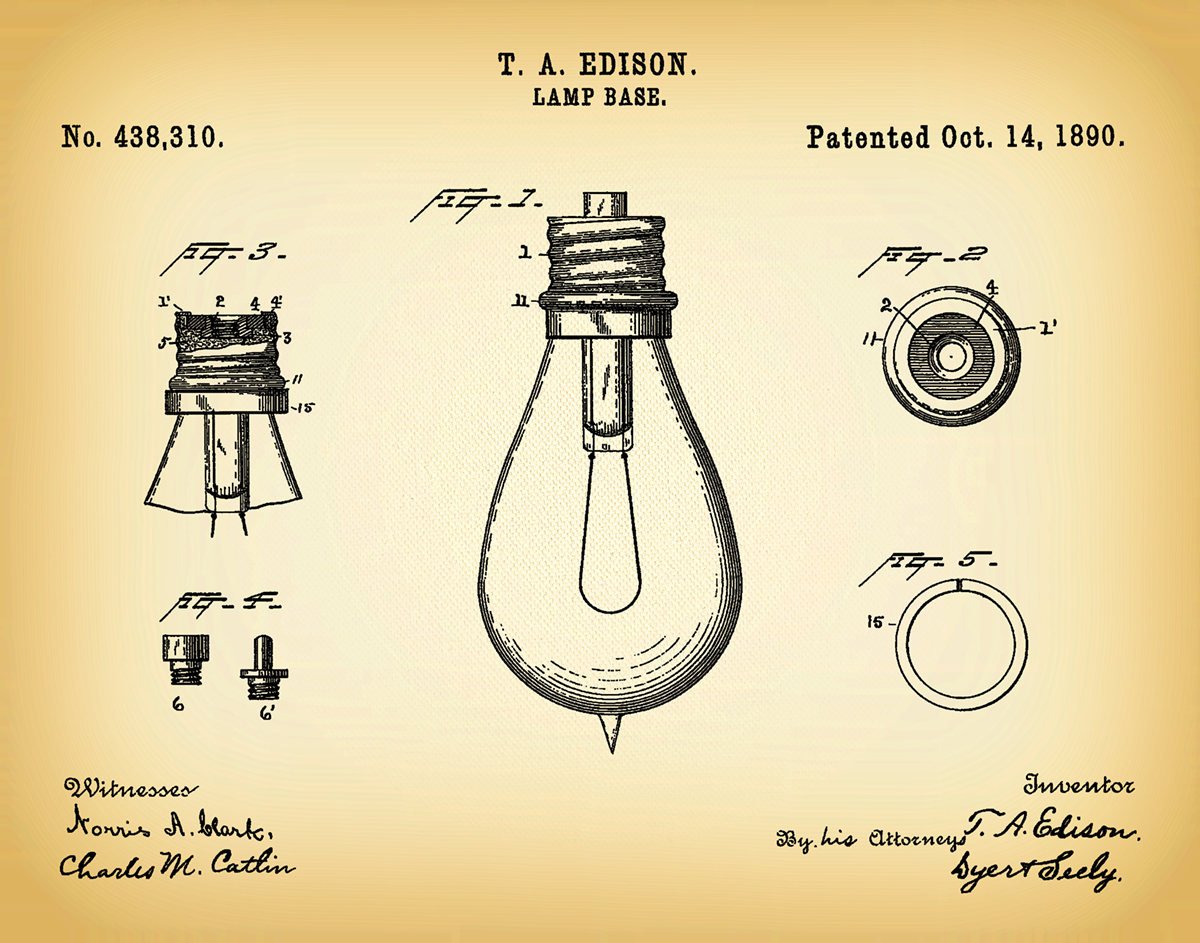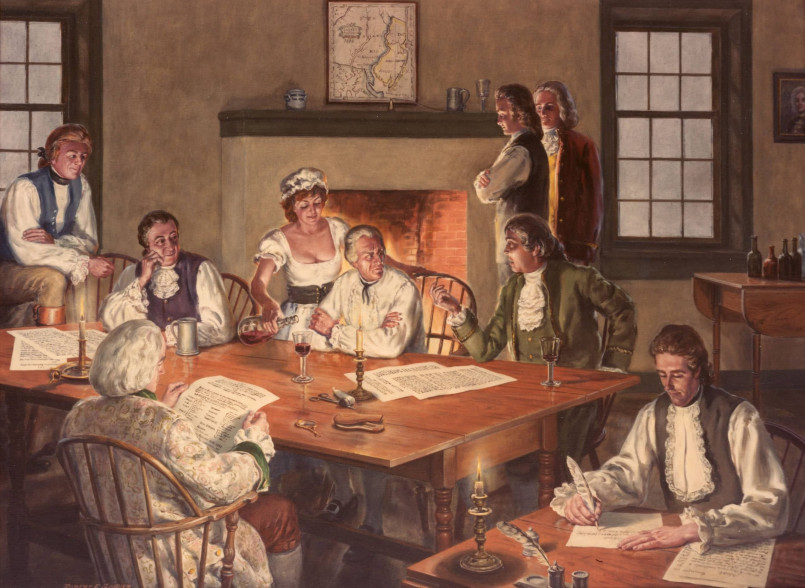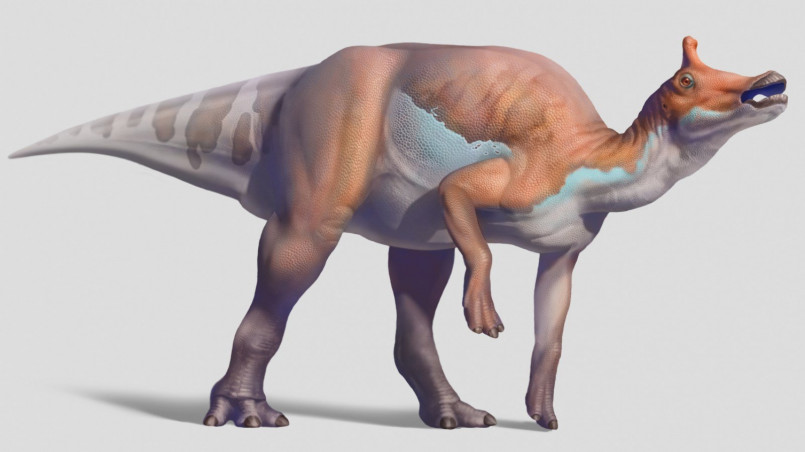American innovation has profoundly shaped modern civilization through groundbreaking inventions. From the internet and smartphones to the light bulb and airplane, these ten revolutionary American creations fundamentally transformed how humans live, work, and connect globally.
Throughout history, American ingenuity has propelled humanity forward through revolutionary inventions that fundamentally changed how we live, work, and communicate. From connecting the world digitally to illuminating our homes, these innovations have become so integrated into daily life that it's difficult to imagine a world without them.
Let's explore ten remarkable American inventions that not only transformed society but continue to shape our future in profound ways. These creations showcase the innovative spirit that has defined American technological leadership on the global stage.
The Internet and World Wide Web
While the internet began as ARPANET, a U.S. Department of Defense project in 1969, it was American computer scientist Tim Berners-Lee who invented the World Wide Web in 1989, revolutionizing how information is shared globally.
The internet has fundamentally transformed communication, commerce, education, and entertainment. Today, over 5 billion people worldwide have internet access, with Americans spending an average of 7 hours daily online.
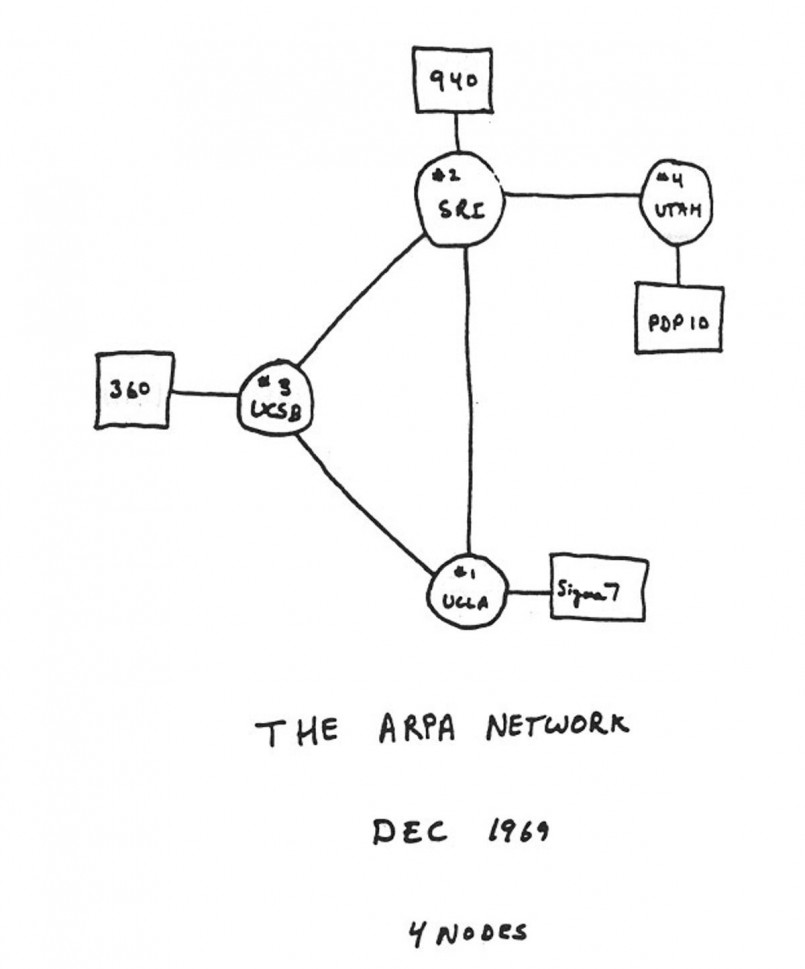
The economic impact is staggering-the internet economy contributes over $2.1 trillion to the U.S. GDP annually, enabling everything from remote work to streaming services that have become essential to modern life.
The Light Bulb
While Thomas Edison didn't invent the first electric light, his 1879 carbon filament bulb was the first commercially practical incandescent light. Edison's persistence was legendary-he tested over 6,000 materials before finding the right filament.
The light bulb extended productive hours beyond daylight, revolutionizing work, education, and social life. It literally illuminated the modern world, enabling everything from night shifts in factories to evening education.
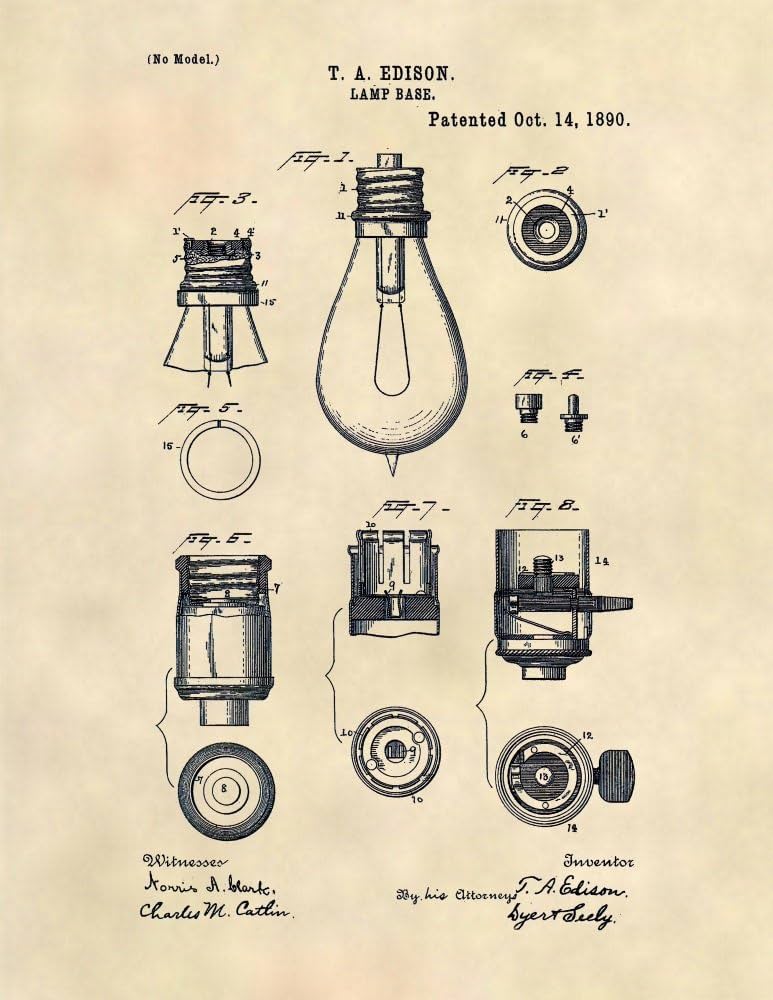
Modern LED technology, a descendant of Edison's invention, uses 75% less energy and lasts 25 times longer than incandescent lighting, showing how this American innovation continues to evolve.
The Telephone
Alexander Graham Bell patented the telephone in 1876, famously summoning his assistant with the words, "Mr. Watson, come here. I want to see you." This invention fundamentally changed long-distance communication.
Within 50 years of its invention, more than 40% of American homes had telephones. Today, there are more mobile phone subscriptions than people on Earth, with over 7 billion active connections worldwide.
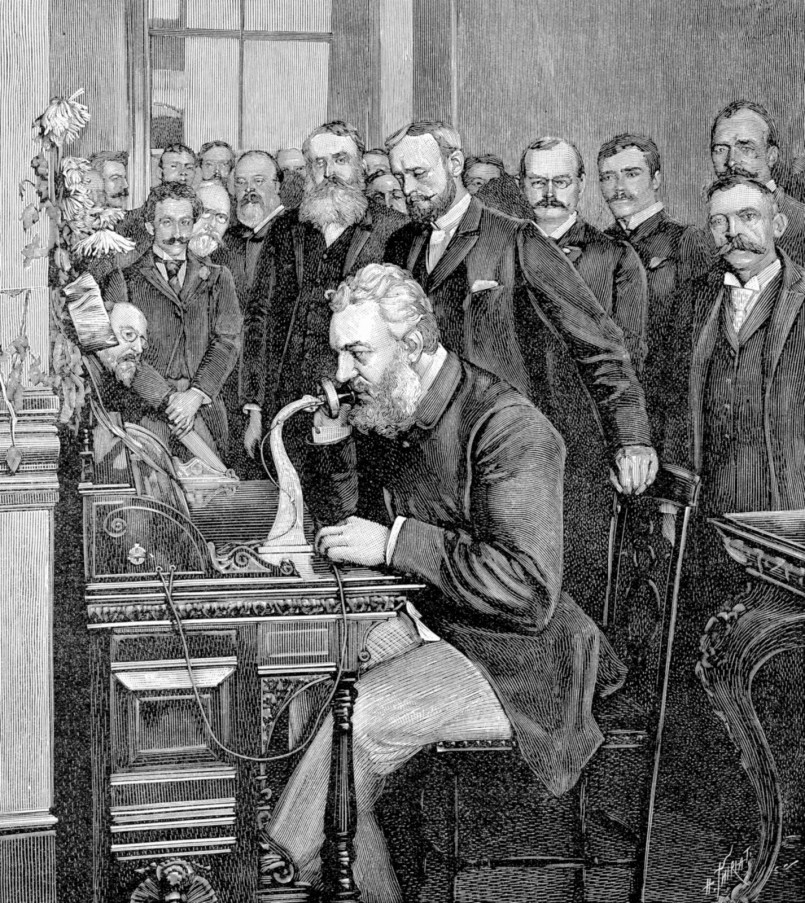
The telephone evolved from wired networks to wireless cellular technology, another American innovation developed at Bell Labs in 1973, which laid the groundwork for today's mobile communications ecosystem.
The Airplane
Orville and Wilbur Wright achieved the first powered, sustained, and controlled airplane flight on December 17, 1903, at Kitty Hawk, North Carolina. Their 12-second flight covering 120 feet launched the age of aviation.
Today, commercial aviation transports over 4 billion passengers annually worldwide and supports approximately 65.5 million jobs globally. The economic impact of aviation is estimated at $2.7 trillion, equivalent to 3.6% of global GDP.
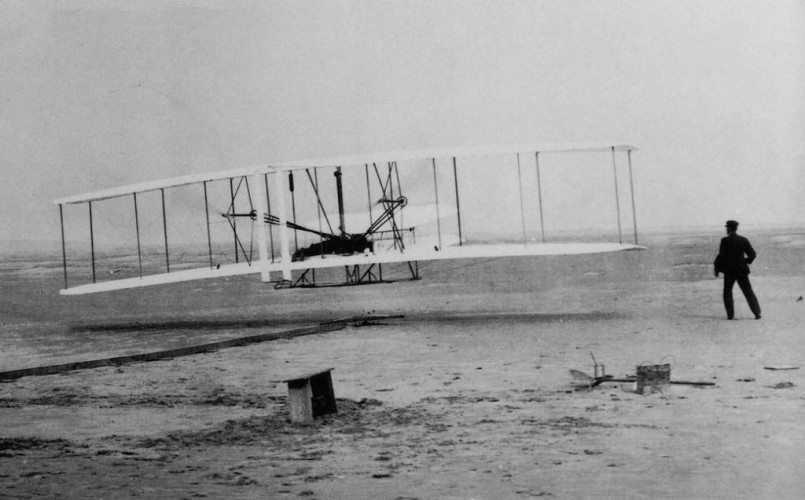
Beyond passenger travel, air transportation revolutionized global commerce, military operations, and emergency services, fundamentally reshaping how people and goods move around the world.
The Personal Computer
The personal computer revolution began in American garages and basements. In 1976, Steve Jobs and Steve Wozniak created the Apple I, while Microsoft, founded by Bill Gates and Paul Allen, provided the software that would power millions of PCs.
IBM's 1981 introduction of the personal computer and subsequent "IBM-compatible" machines from companies like Dell and Compaq brought computing to offices and homes worldwide, democratizing access to computing power.
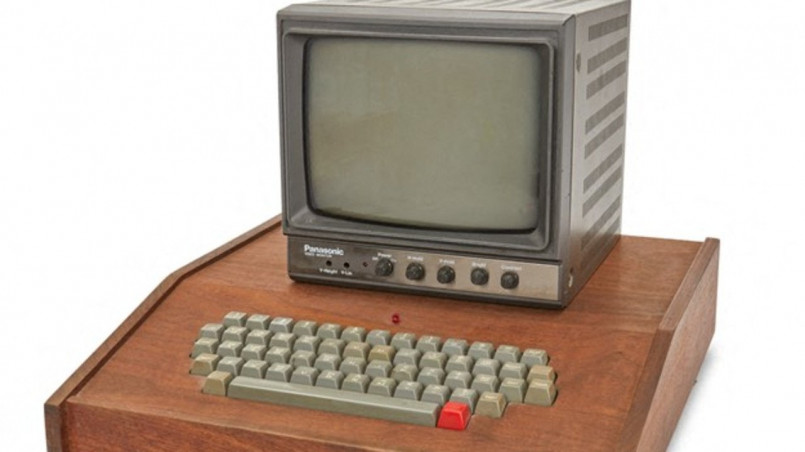
From room-sized mainframes accessible to few, computers evolved into powerful devices owned by billions. Today, approximately 80% of American households have a desktop or laptop computer, with worldwide PC shipments exceeding 275 million units annually.
The Smartphone
When Steve Jobs unveiled the iPhone in 2007, he introduced three revolutionary products: "a widescreen iPod with touch controls, a revolutionary mobile phone, and a breakthrough internet communications device." As he famously revealed, these weren't three separate devices but one: the smartphone.
Apple's innovation built upon earlier smartphone attempts but created a paradigm shift in mobile computing. Today, over 6.6 billion people worldwide use smartphones-more than 83% of the global population.
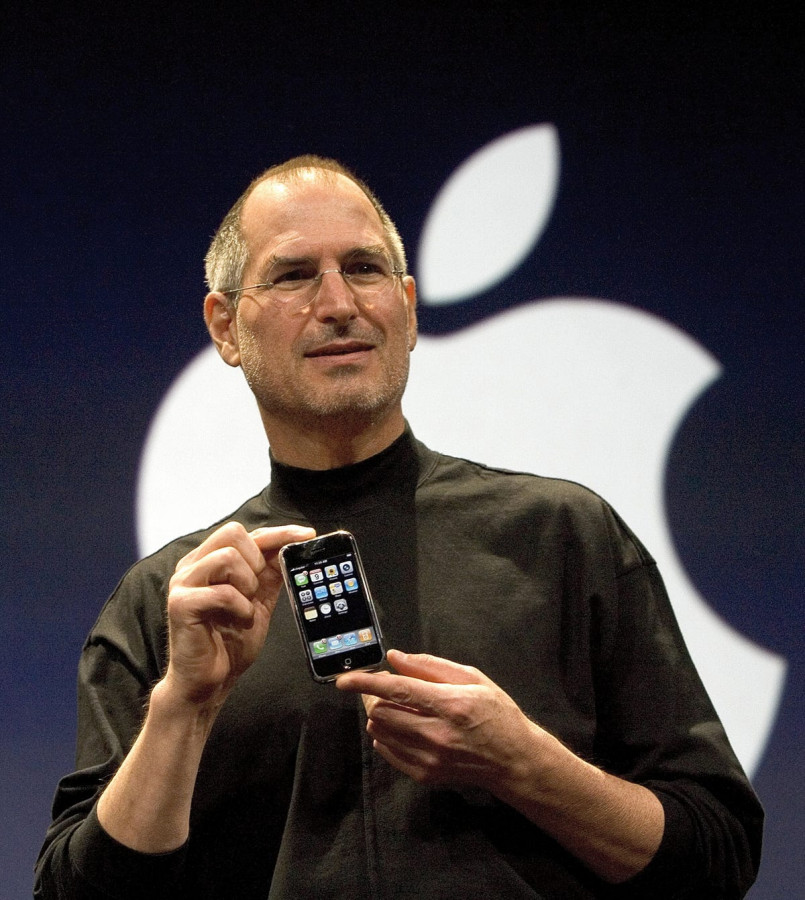
Smartphones have become essential tools for communication, banking, shopping, navigation, photography, and countless other daily activities, effectively putting a powerful computer in everyone's pocket.
The Transistor
Invented at Bell Labs in 1947 by John Bardeen, Walter Brattain, and William Shockley, the transistor is possibly the most important electronic invention of the 20th century, enabling the miniaturization of electronic devices.
Transistors replaced bulky vacuum tubes, making possible smaller radios, televisions, and eventually integrated circuits and microprocessors-the building blocks of all modern electronics.
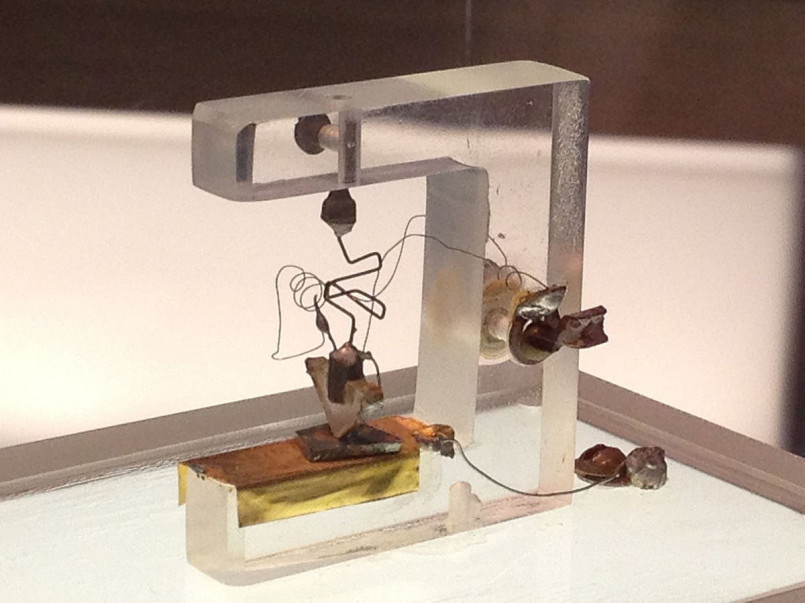
Modern computer chips contain billions of transistors. The latest processors have transistor counts exceeding 50 billion on a single chip the size of a fingernail, demonstrating the exponential growth enabled by this fundamental American invention.
GPS Technology
The Global Positioning System (GPS) was developed by the U.S. Department of Defense in the 1970s, with the first satellite launched in 1978. Initially designed for military applications, it was opened for civilian use following the 1983 Korean Air Lines disaster.
Today's GPS constellation consists of 24 operational satellites that provide global coverage, enabling precise location services that power navigation systems, emergency services, agriculture, surveying, and countless applications.

Beyond navigation, GPS synchronization enables critical infrastructure like cellular networks, financial systems, and power grids. The economic benefits of GPS to the U.S. economy alone exceed $1 billion per day.
Social Media
While not a physical invention, American-created social media platforms have revolutionized human communication and information sharing. Facebook, launched by Mark Zuckerberg from his Harvard dorm room in 2004, pioneered the mainstream social networking era.
Twitter (now X), Instagram, LinkedIn, and other American-created platforms transformed how billions of people connect, share information, and consume content. Today, nearly 60% of the world's population-4.7 billion people-use social media.

These platforms have reshaped marketing, politics, activism, and interpersonal relationships, creating new economic opportunities while simultaneously presenting significant challenges regarding privacy, misinformation, and mental health.
The Assembly Line
Henry Ford didn't invent the automobile, but his implementation of the moving assembly line in 1913 revolutionized manufacturing. This innovation reduced the time to build a car from 12 hours to just 93 minutes.
Ford's innovation made automobiles affordable for average Americans, transforming not just transportation but enabling suburbs, shopping malls, and the modern American lifestyle. The assembly line concept spread to virtually all manufacturing sectors.
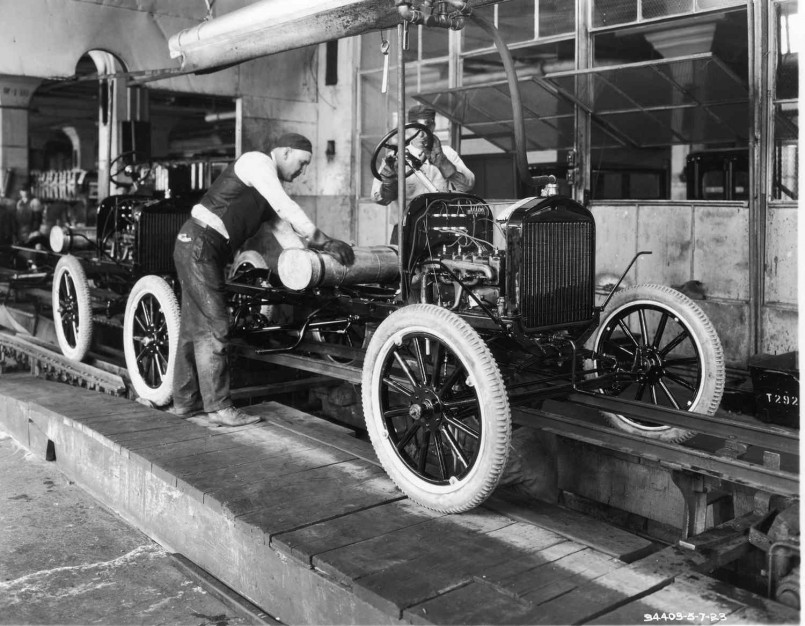
Modern manufacturing still relies on assembly line principles, though today's versions incorporate robotics, computer control, and just-in-time inventory systems-all evolutions of Ford's revolutionary approach to mass production.
Frequently Asked Questions About 10 Revolutionary American Inventions That Forever Changed the World
Which American invention has had the greatest economic impact?
While all these inventions have been economically transformative, the internet has likely had the largest economic impact, contributing over $2.1 trillion annually to the U.S. GDP alone. It has created entirely new industries, transformed existing ones, and enabled global commerce at unprecedented scales. The internet economy continues to grow as more services move online and internet access expands globally.
Did Americans really invent all these technologies from scratch?
Many of these inventions built upon earlier work from around the world. For example, Edison wasn't the first to create electric light, but developed the first commercially viable version. Similarly, the Wright brothers weren't the first to attempt flight, but achieved the first controlled, powered flight. American innovation often excelled at refining, commercializing, and scaling technologies to create transformative impact.
What role did government funding play in these inventions?
Government funding was crucial for several inventions on this list. The internet began as ARPANET, a Department of Defense project. GPS was developed by the military. Many transistor advances came through defense contracts. Public-private partnerships and university research supported by government grants have been vital to American innovation, demonstrating how public investment in basic research can lead to revolutionary commercial applications.
Which American invention faced the most skepticism initially?
The airplane faced tremendous skepticism, with many scientific authorities declaring powered human flight impossible just years before the Wright brothers achieved it. Similarly, early computers were famously underestimated-IBM's Thomas Watson reportedly predicted in 1943 that "there is a world market for maybe five computers." Transformative innovations often face skepticism before their potential becomes obvious.
Are any newer American inventions likely to be as transformative as these?
Several emerging technologies developed with significant American contributions show tremendous potential, including artificial intelligence, CRISPR gene editing, quantum computing, and advanced renewable energy systems. Particularly, AI technologies like large language models and autonomous systems may prove as transformative as the internet or personal computer in reshaping society, work, and human capability over the coming decades.
